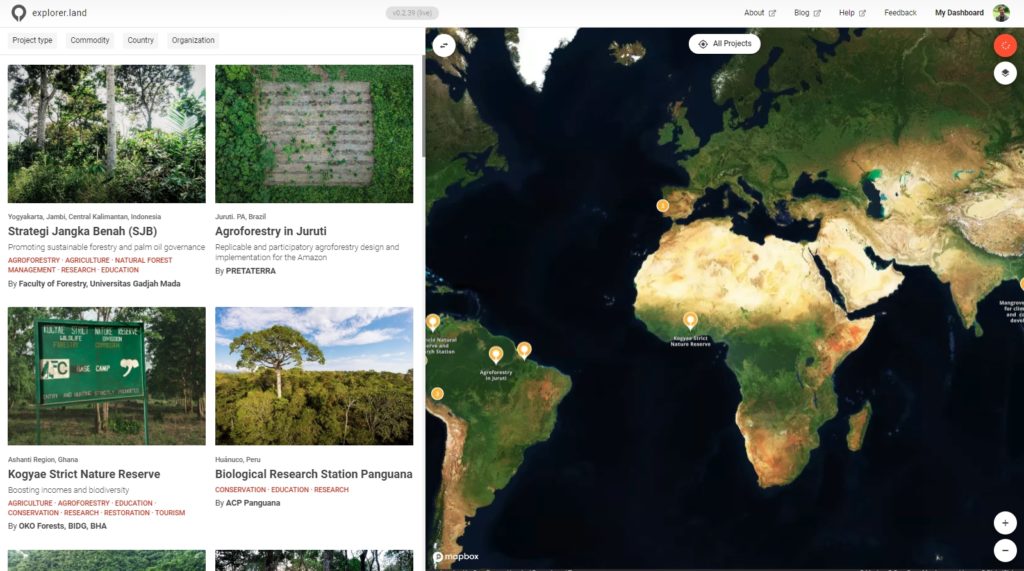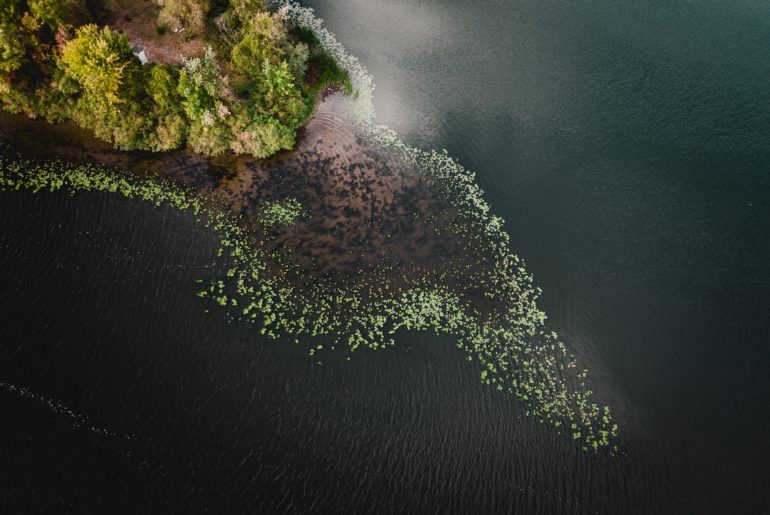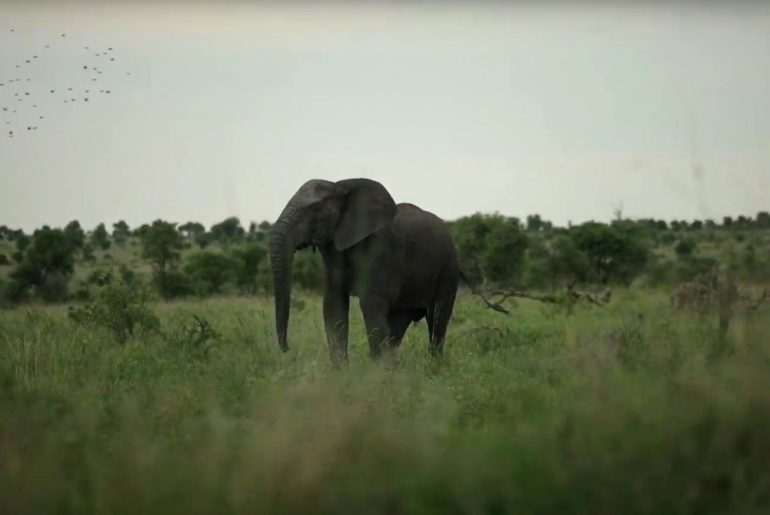Tell your project story like a journey that is taking place inside your project.
This little four steps guide describes how to tie multiple information dimensions into one compelling project story, and how to do this with explorer.land.
explorer.land has changed the way one can tell stories of forest landscape projects. We can tell stories on top of an interactive map and over time. All elements of the story such as blog posts, photos and videos are interlinked, and we can see how every project activity interacts with the landscape. Therefore, connecting the audience with the project story is similar to connecting them with the project. Skilled communicators of forest landscape projects can aggregate the various elements of the story and compile them along an exciting story-line that let the audience become fully immersed in the experience, heart, and character of the project. People who feel connected with the project, its community and vision are highly motivated and can understand how they could support.
Landscape projects: A source for exciting stories
Communicators of forest landscape projects are blessed and challenged at the same time. Projects are rich in content and activities and hence stories. The following list is an example of the diversity, opportunity, and challenge in selecting and compiling a story for targeted communication. A project story might describe
- how the landscape and its forest cover has changed over time due to the project activities,
- who are the protagonists working actively in the project: e.g. founders, team members, volunteers, and what is their motivation and vision,
- what activities take place on the ground: e.g. establishment of a nursery, connecting habitats, wild harvesting of forest products, conversion of conventional agriculture into diverse permaculture and agroforestry systems, reforesting watersheds to “plant” water, establish eco-tourism to create local jobs,
- how forest products are sustainably produced and harvested, how the value is captured in the project, and how products get to local, national or international markets,
- how sustainability is monitored and certified,
- how a degraded landscape has been turned into a refuge for rare, endangered species, and into a healthy environment for a life in dignity.
The project communicator has to select from the many possibilities and craft stories which resonate with the specific audience they seek. Further, they have to select the best medium (blog posts, photos, videos, thematic maps, data, etc.) or a combination to convey their story.
For whom is the story?
We are often asked what a good story is, and which elements and medium to use to tell a project story on explorer.land. There is no simple answer to it.
Every captivating story has a goal and destination. During the story, a certain status will be changed from “A” (e. g. conventional agriculture) to “B” (e. g. sustainable agroforestry). Before starting to select a storyline, we have to decide: What status we want to change? Whom do we want to convince to do what?
Let’s assume that we want a potential donor or investor gaining a deeper understanding and connection with the project. By building trust and showing an exciting possibility to contribute to the progress of the project, we want to motivate and encourage them to allocate more donations or investments.
Build up a story like a journey
… getting back to the initial question of how to tell a good story on explorer.land.
The most exciting story is a story you have experienced yourself. Therefore we would suggest to “reengineer” a story like a journey that, for example, simulates a donor or investor visit to your project site.
Before inviting your audience to a virtual journey, you need to carefully plan and layout the route that guides the visitor to the points of interest. What information is needed to build trust and engagement? Show that your project has an exciting and successful track record. Evoke curiosity and empower your supporters to gain a deeper understanding. This creates trust.
The following steps can be used as an inspiration for how to craft your virtual project journey on explorer.land. Think of it as a guided tour.
1. Introduce your project
You might start by giving the background of your project.
- History of the project: when and where has your project started, important developments, failures, and successes.
- Introduce your project team, implementing partners, and the local communities that are involved in your project.
- Describe the project geography, environmental conditions, natural beauty, threats, land-use change, etc.
You have created the setting for your story. Now the tour can begin!
2. Show the project state
Guide the visitor through the project and stop at interesting and informative stations. Make him knowledgeable step by step. What has been done so far? What are the current project activities?
- How much area has been restored until now?
- Show the nursery that supplies the seedlings.
- Teach the typical steps to restore a forest: planning and organizing of workforce, layout in the field, planting activities, maintenance, and monitoring.
- Explain why you have decided to be certified according to one of the certifications like FSC, PEFC, Fairtrade, Organic, VCS, Gold Standard, Plan Vivo.
- End your tour with something remarkable: e.g. endangered species which have come back to the project site due to the restoration activities, an interview with local people who have experienced and a report an improvement in the quality of their lives.
3. Describe the upcoming activities
Having experienced the wealth of project activities, struggles, and successes, it is now the time to build upon this foundation. Draw a vision of a brighter and possible future of the project. Be determined about what are the next practical steps to tackle the challenges and to bring the project forward during the next months and years. You might
- describe what is your strategy to include the local population to scale restoration,
- commit to a plan to restore “X” hectares of degraded land,
- layout the roadmap to get fully certified by 2020,
- strive to create an example that inspires and trains thousands of smallholders to restore a landscape by applying regenerative agroforestry.
Realization requires commitment, expertise, and resources. Disclose your planning. What resources are needed at which point in time to reach the goals?
4. Invitation to participate
Invite people to join. Ask for the support and resources you need. You cannot do all on your own. To be successful, one has to collaborate.
If your project story resonates with your audience, your supporters connect with you and take part in your journey. More, their contribution – be it by investing, donating, or by working directly in the project – has become an investment into their own story.
This way, jointly, the project can grow beyond what you can imagine today.
If you want to create your own virtual project journey, you can register for a test account at explorer.land here
Register for a test account at explorer.land





